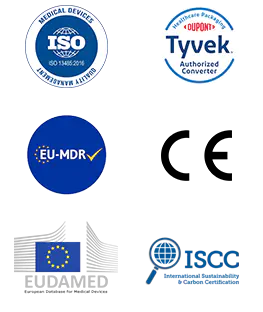In recent years, as the global medical device industry advances toward higher added value and stricter standards, medical packaging, as a crucial guarantee for product quality and safety, has undergone profound changes. In the field of sterilization packaging, traditional sealing materials such as PE and PET face challenges in sterilization compatibility, durability, and microbial barrier performance. Meanwhile, the Tyvek-based Flat Roll Pouch is gradually becoming the preferred solution for medical companies in their packaging systems.
Comparison of Key Performance Indicators between Tyvek Flat Roll Pouch and Common Sealing Bags
| Comparison Aspect | Tyvek Flat Roll Pouch | Traditional Sealing Bags (PE/PET) |
| Microbial Barrier | Excellent, with natural microporous structure | Moderate, depends on film thickness and composite sealing |
| Sterilization Compatibility | Compatible with EO, Gamma irradiation, low-temperature sterilization | Usually only suitable for EO sterilization |
| Tear Resistance & Strength | Tear Resistance & Strength | Easily torn, prone to damage during transport and sealing |
| Heat Sealing Adaptability | Wide sealing window, suitable for automated production lines | Strict heat sealing requirements, prone to incomplete or weak seals |
| Breathability & Dryness | Excellent, facilitates sterilization residue release | Non-breathable, prone to bacterial growth in humid environments |
| Sustainability & Environmental Impact | Single-layer structure, recyclable, lower carbon footprint | Multi-layer composite, difficult to recycle, environmental challenges |
In medical device sterilization packaging, safety and sterile barrier capability are key performance indicators. Compared with traditional sealing films, Tyvek material has a natural microporous structure that allows effective air permeability while blocking bacteria and particles, providing a stable sterile barrier during transportation and storage.
Meanwhile, the Tyvek Flat Roll Pouch demonstrates mechanical strength, with tear and puncture resistance, effectively reducing packaging damage risks caused by handling, transport, or automated sealing processes. In practical applications, it is compatible with major sterilization methods including ethylene oxide (EO), gamma irradiation, and low-temperature hydrogen peroxide sterilization, ensuring the integrity and effectiveness of sterilized devices.
Sustainable Supply Chain Drives Packaging Upgrade
Currently, the global medical industry increasingly emphasizes sustainable development and supply chain stability, alongside compliance and safety requirements. Compared with multi-layer laminated films, Tyvek offers advantages such as lightweight construction and recyclability, as well as better control over total material usage. These factors contribute to simplified packaging structures and reduced carbon footprint. With the tightening of medical waste disposal standards worldwide, environmentally friendly packaging materials are gaining more attention and preference.
On the supply chain side, Tyvek materials, due to their consistency and batch stability, facilitate standardized production management and improve overall supply chain efficiency. This is especially critical for medical products with large production volumes and stringent delivery schedules.
Adaptability and Expansion into High-End Application Scenarios
| Medical Device Type | Packaging Suitability (Tyvek) | Packaging Suitability (Tyvek) |
| Precision Diagnostic Devices (e.g., catheters) | 5stars | High requirements for cleanliness and particle control; Tyvek offers strong barrier properties |
| Minimally Invasive Surgical Devices (e.g., staplers) | 5stars | High strength, sterilization compatibility, and reliable heat sealing; suitable for rapid preoperative handling |
| Disposable Injection Consumables | 3stars | Cost-sensitive; economic Tyvek structures are available |
| Medical Probes and Sensor-type Electronics | 5stars | Sterilization, moisture resistance, puncture protection to ensure safety of sensitive electronic components during transport |
| General Dressings or Gauze | 2stars | Plastic sealing alternatives applicable; Tyvek upgrade recommended if sterilization shelf-life is a concern |
In the field of single-use medical devices, plastic-sealed packaging has been widely applied due to its cost advantage. However, as device types diversify and minimally invasive trends increase, more companies focus on sterile barrier life post-sterilization, user opening experience, and packaging integrity verification. Tyvek Flat Roll Pouch, with its material structure, performs excellently in packaging minimally invasive surgical instruments, precision diagnostic tools, medical probes, and other high-precision, high-cleanliness products.
Moreover, the recent popularization of automated packaging equipment on factory lines has set higher demands on the processing stability of packaging materials. Tyvek Pouch exhibits strong heat seal strength, good material compatibility, and clear visual identification, making it suitable for high-speed packaging and batch traceability system integration, thereby providing manufacturers with improved production efficiency and quality control.
Intelligent Medical Packaging and Future Trends
According to industry observations, as the global medical products sector steadily advances toward a combination of "intelligence, compliance, and sustainability," medical packaging is also evolving from "basic protection" to "intelligent protection." Thanks to its stable sterilization compatibility, product presentation, and convenient opening features, Tyvek Flat Roll Pouch is gradually becoming a key carrier of this trend.
Looking ahead, the integration of technologies related to intelligent identification, anti-counterfeiting traceability, and environmental friendliness is expected to deepen continuously in the field of medical sterilization packaging. Material manufacturers and packaging solution providers will need to collaborate closely to drive innovation, transforming packaging from passive protection to active safety management.
With increasingly stringent regulatory standards and rising market attention to packaging safety, these advanced packaging solutions are shifting from previously considered "premium options" to becoming "standard configurations." For medical device manufacturers, choosing packaging with higher safety performance, stronger process adaptability, and better sustainability is not only a guarantee for product upgrades but also a foundation for establishing brand presence in the international market.
Hopeway AMD will continue to monitor global developments in sterilization packaging, supporting the industry' steady progress toward standardization, intelligence, and environmental sustainability.

 English
English Français
Français Deutsch
Deutsch Nederlands
Nederlands

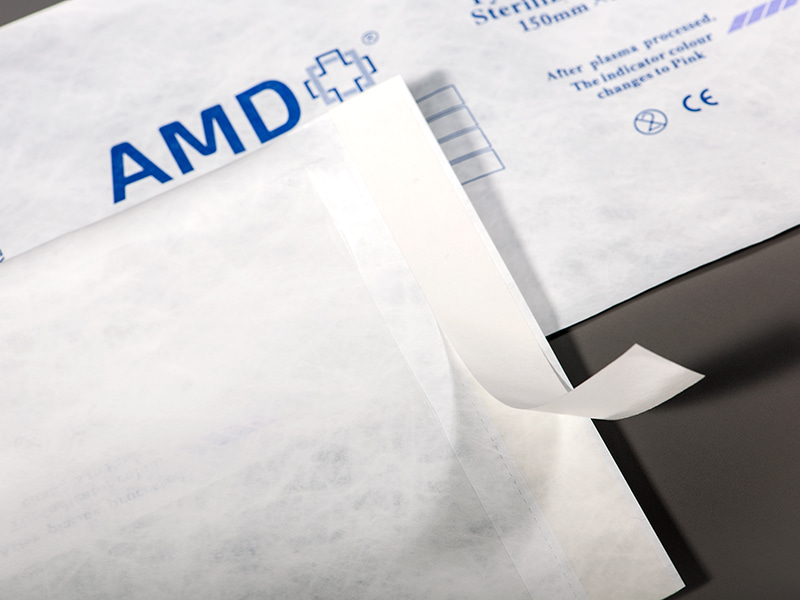
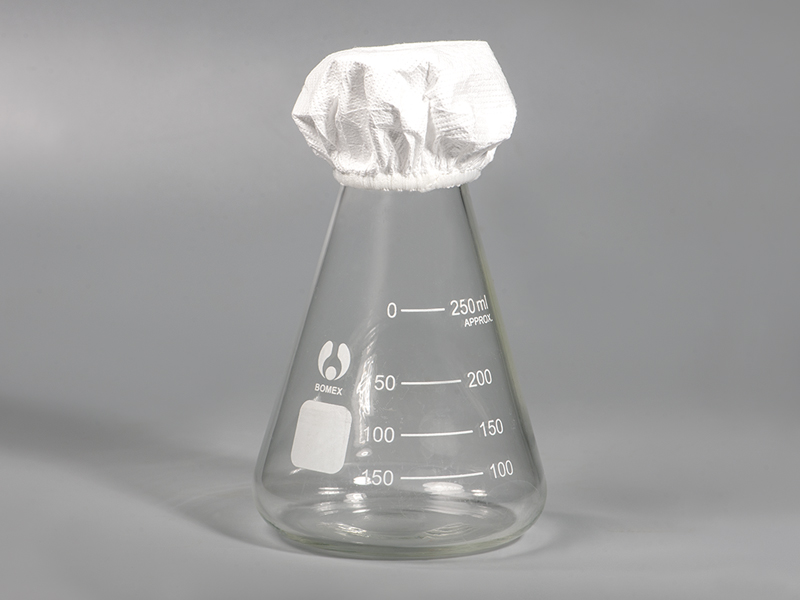
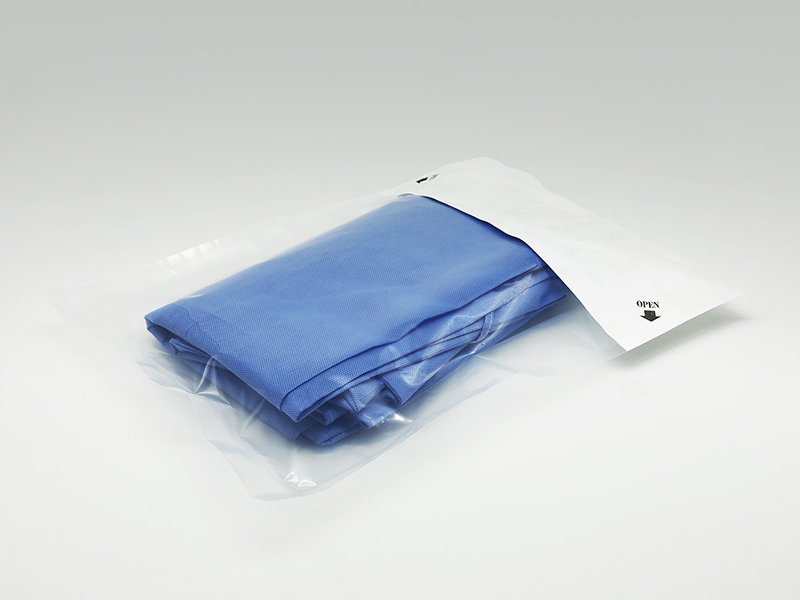


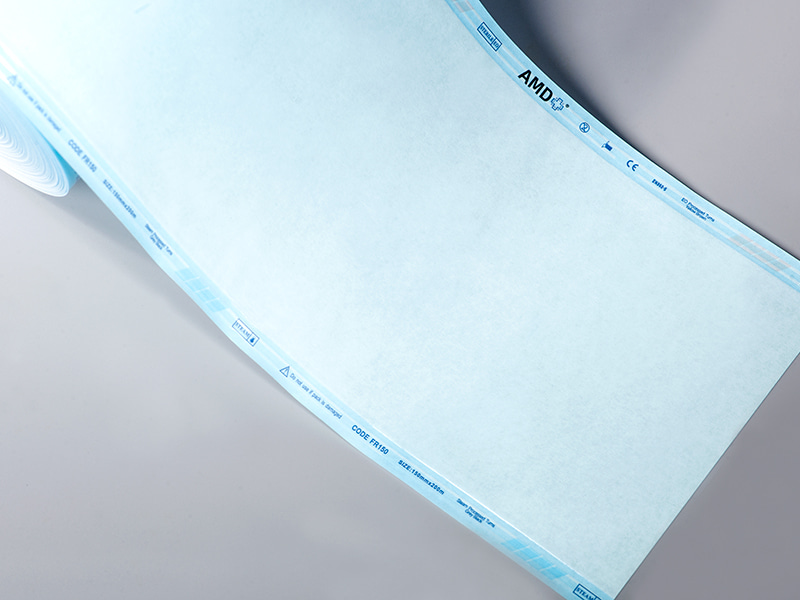
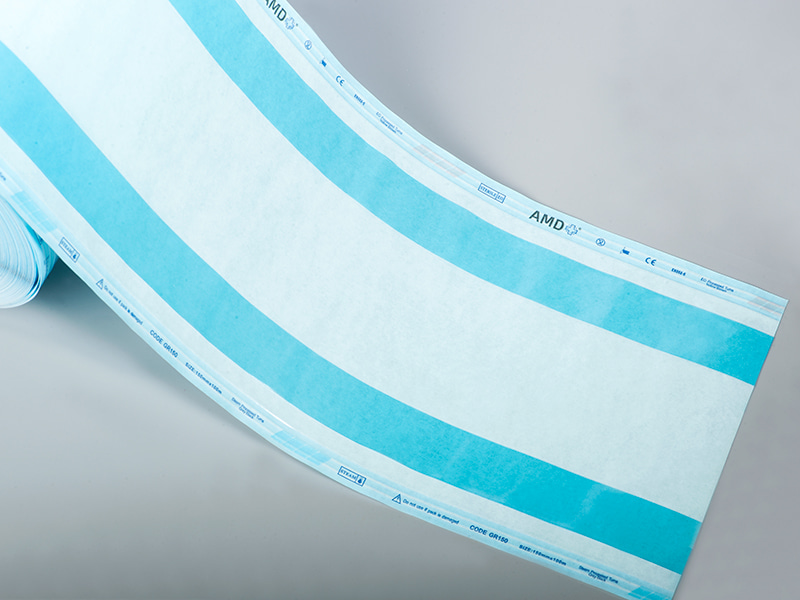
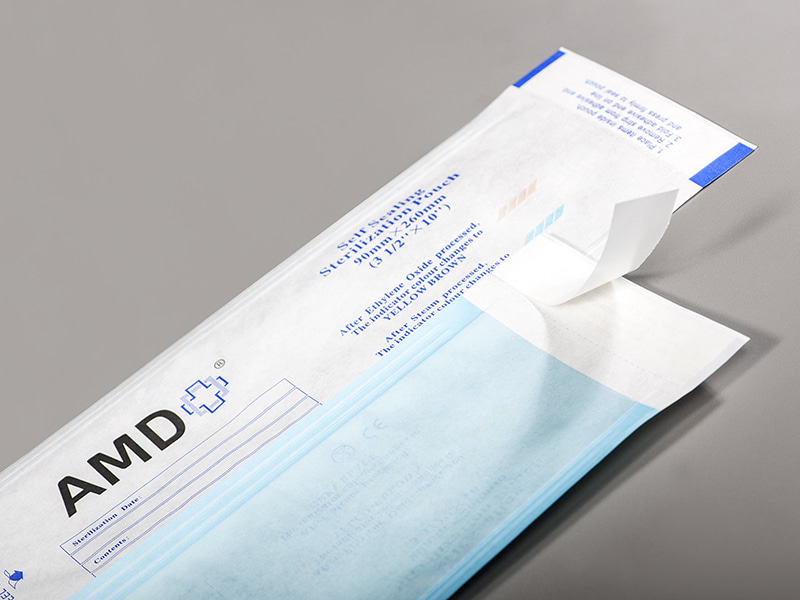
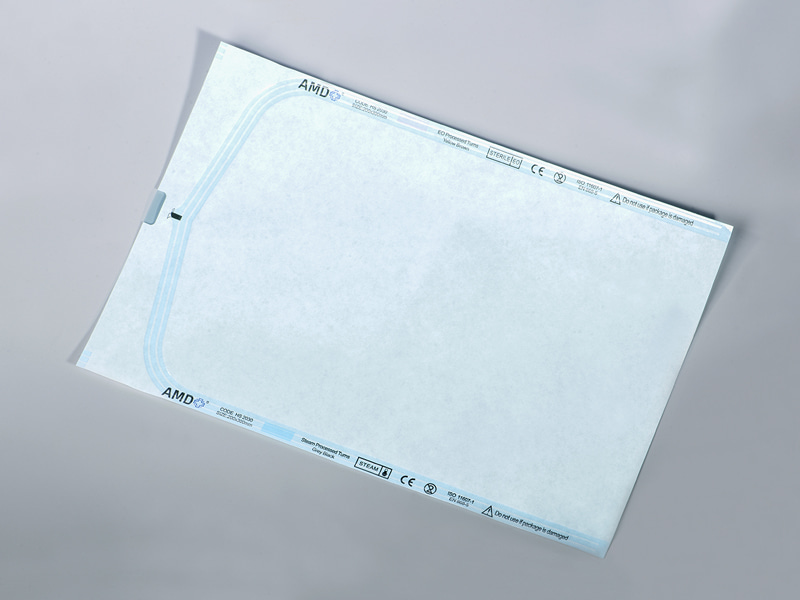
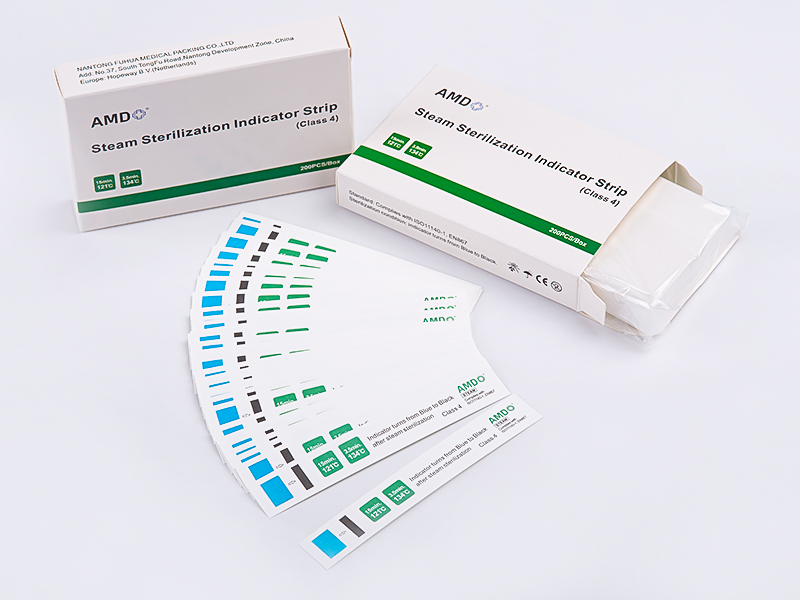
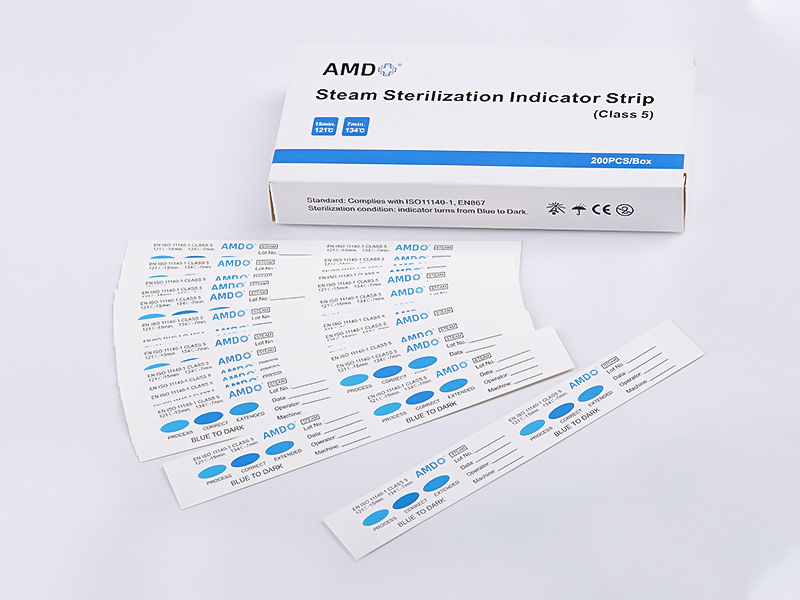

 ‘s-Gravenweg 542, 3065SG RotterdamThe Netherlands
‘s-Gravenweg 542, 3065SG RotterdamThe Netherlands
 +31 (0)10 254 28 08
+31 (0)10 254 28 08
